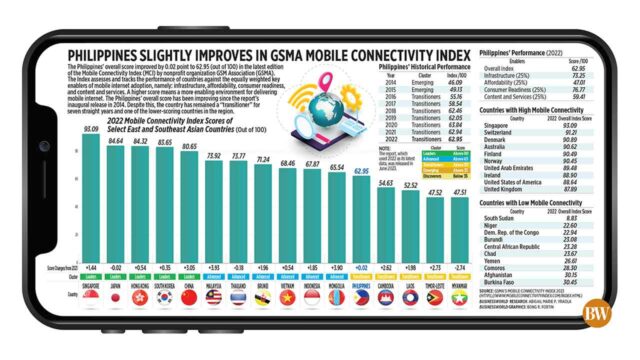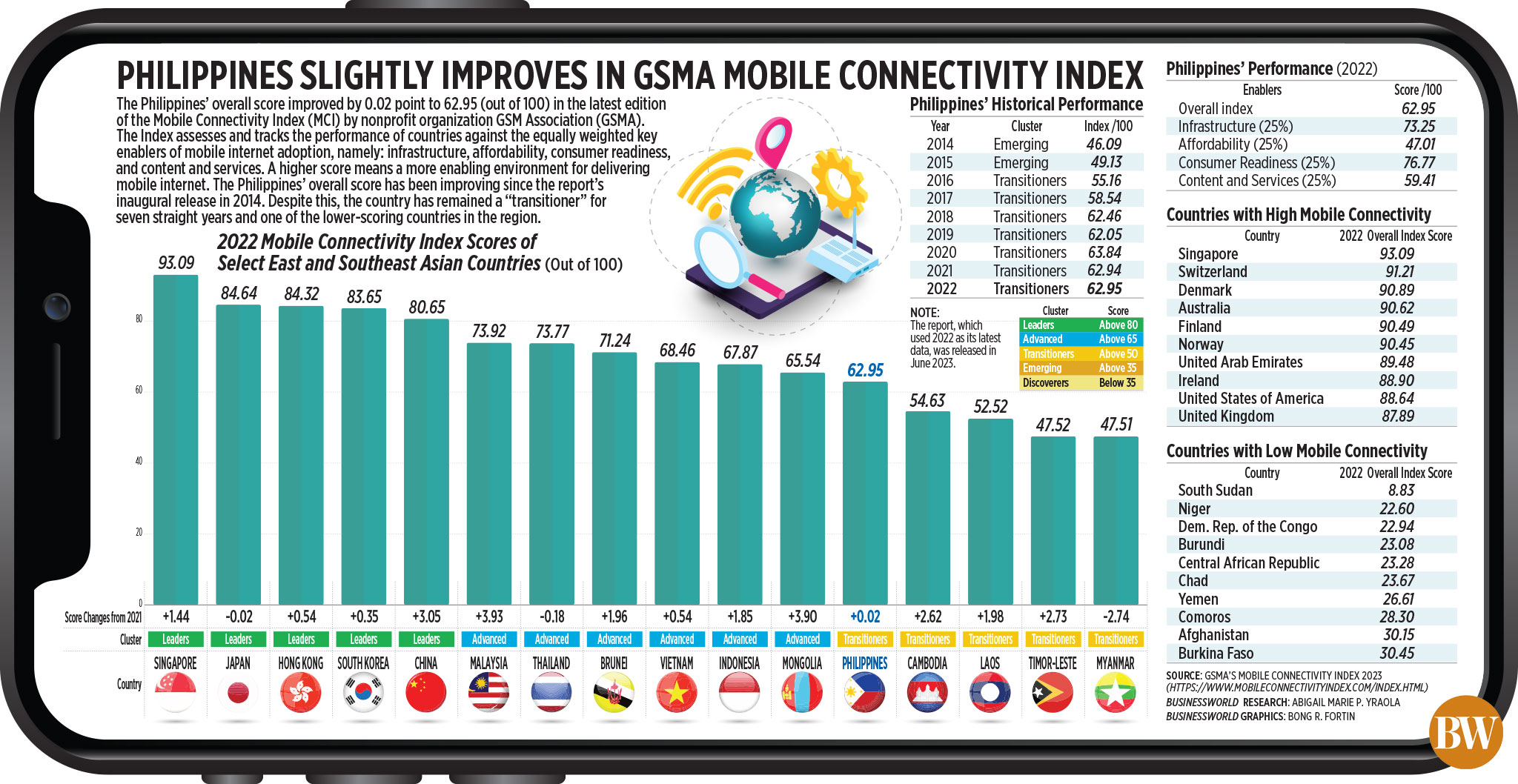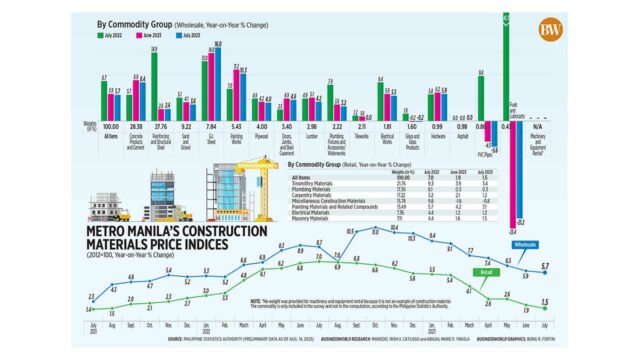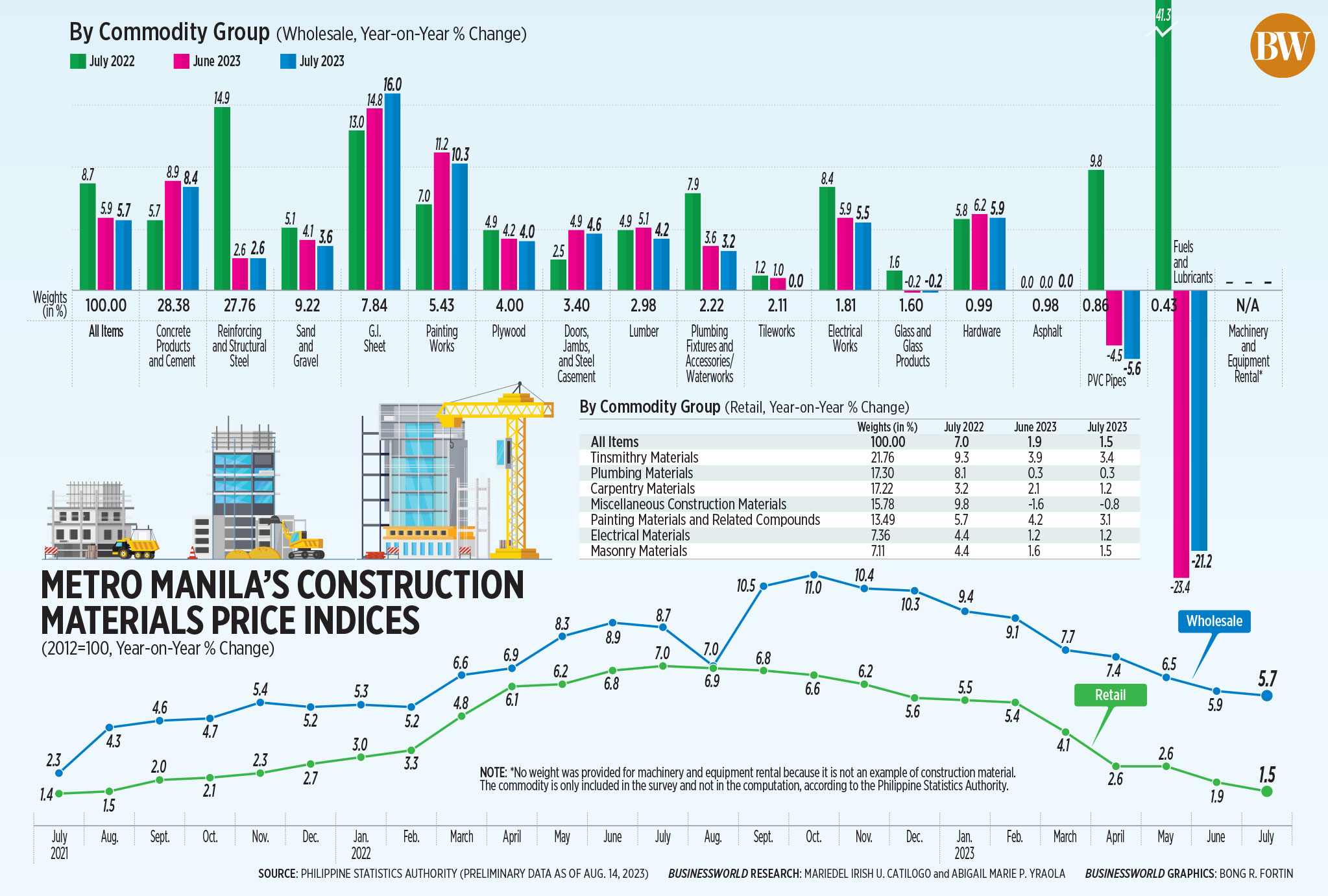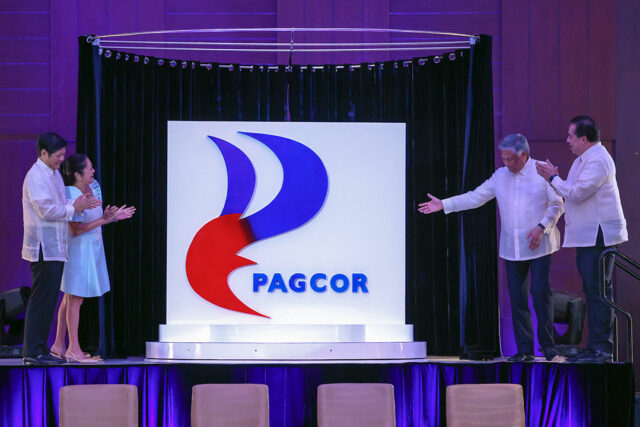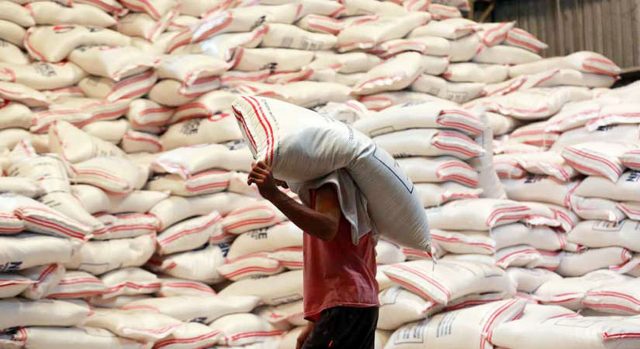THE Philippine Amusement and Gaming Corp. (PAGCOR) plans to start privatizing 45 casinos by the third quarter of 2025, its chairman told a House of Representatives committee on Monday.
“The privatization of PAGCOR’s 45 properties will commence during the third quarter of 2025 at the earliest,” PAGCOR Chief Executive Officer and Chairman Alejandro H. Tengco told the House Appropriations committee during its deliberations for the P5.768-trillion 2024 national budget.
House Government enterprises and privatization committee Chairman and Parañaque Rep. Edwin L. Olivarez cited the agency’s conflicting roles as a regulator and casino operator.
“I have been doing some studies about the privatization. My goal is to increase the value of what we will privatize,” Mr. Tengco said, noting that the privatization had been given the green light by President Ferdinand R. Marcos, Jr.
As of June 30, 75% of the agency’s income is generated by integrated resorts and licensees, while 25% is sourced from PAGCOR-operated casinos, Mr. Tengco added. “It is clear that PAGCOR should purely be a regulator and not an operator at the same time.”
Mr. Tengco added that he is consulting the Department of Finance on whether PAGCOR will remain a government-owned and -controlled corporation (GOCC) or become an agency if the casinos are divested.
He said PAGCOR’s P3-million logo redesign, launched in July, was intended to counteract the circulation of fake licenses used to operate in the Philippines and overseas.
Party-list Rep. Raoul Danniel A. Manuel said the cost of the redesign was excessive.
“We claim that we don’t have fiscal space for other budget items but (we spend this much) for a logo,” Mr. Manuel told the committee. “Many people could have benefited from a budget this large if it was used properly.”
PAGCOR reported a net profit of P36.21 billion in the first six months, Vice-President Sharon SJ. Quintanilla told the committee, with funds surrendered to the government to help fund its projects amounting to P22.62 billion.
GOCCs are required by law to remit at least 50% of their profits to the Treasury to finance government priority projects like universal healthcare and other nation-building exercises.
Last year, PAGCOR generated a net profit of P58.96 billion, up from P35.48 billion in 2021, Ms. Quintanilla told the committee.
PAGCOR paid taxes to the Bureau of Internal Revenue of P3.54 billion in 2022. Ms. Quintanilla said that P307.83 million of this represented corporate income tax, while P2.71 billion was transmitted as franchise tax. PAGCOR also paid P521.83 million in withholding taxes.
Cities that host PAGCOR casinos are allocated a fixed amount for community development projects, Ms. Quintanilla said.
PAGCOR projects a net profit of P75.5 billion and P80.28 billion in 2023 and 2024, respectively.
POGOs
Meanwhile, Cagayan Do Oro Rep. Rufus B. Rodriguez proposed to shut down Philippine Offshore Gaming Operators (POGOs), citing reports of kidnapping, murder and prostitution from the industry.
In response, Mr. Tengco added that POGO licensees, sublicensees and service providers have been placed under probationary status and have until Sept. 15 to reapply, or else their licenses will be revoked.
“I have warned them that this is one one-strike policy and that if they will continue to be involved in the illegal activities such as credit card scams, crypto-investment scams, love match scams, I will recommend the closure of the industry,” Mr. Tengco said.
He also noted that PAGCOR is no longer generating e-sabong revenue as the cockfight betting operation was shut down by the previous administration. — Beatriz Marie D. Cruz




